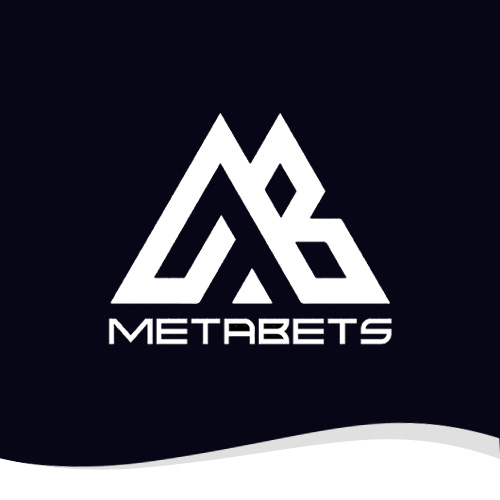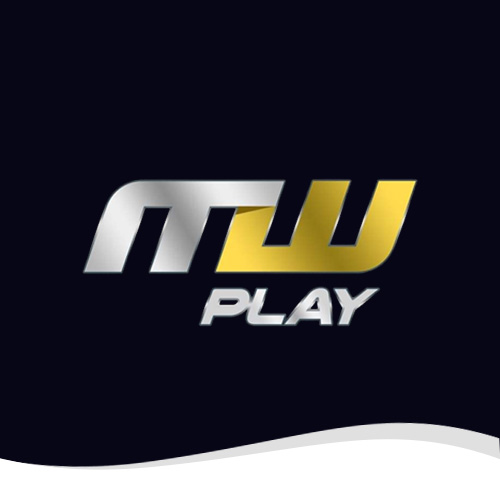Understanding the 404 Error: What It Means and How to Navigate It
In the vast expanse of the internet, users often stumble upon various pages that may not function as intended. One of the most common indicators of this is the infamous "404 error." This phrase typically appears on a webpage when the requested resource cannot be found. In this article, we will explore what a 404 error entails, its implications, and some tips for navigating away from these dead ends.
What is a 404 Error?
A 404 error is a standard HTTP response code indicating that the server could not find the requested page. This could happen for several reasons: the page might have been moved or deleted, the URL might have been misspelled, or the link could be outdated. When you encounter a 404 error, you will be greeted with a message similar to the following: "This page either does not exist or is currently unavailable."
The Importance of Understanding the 404 Error
While receiving a 404 message can be frustrating, understanding its implications is essential for both users and website owners. For users, it signifies that the desired information is not accessible at that moment but often provides alternatives to recover the experience. You might notice suggestions like hitting the "back" button to return to the previous page or links navigation back to the homepage.
For website owners, encountering multiple 404 errors can indicate issues that need to be addressed. They may signal poor site maintenance or mistakes in routing and linking, which can lead to a decline in user experience and even loss of credibility.
Common Causes of 404 Errors
-
Broken or Outdated Links: One of the leading causes of 404 errors is hyperlinks that lead to pages no longer available. This can occur due to website revamps, domain changes, or simply forgetting to update old links.
-
Mistyped URLs: Users often mistype the URL they are trying to access. A small error can result in a completely different site that may not exist, leading to a 404 response.
-
Deleted or Moved Content: Content that has been removed or relocated without an updated link can result in a 404 error. This highlights the importance of proper redirects for any new web architecture.
- Server Issues: Sometimes, network or server problems can relay a 404 error even if the page exists. In such cases, reloading the page may help.
Solutions for Users Facing 404 Errors
When you find yourself on a 404 error page, here are some strategies to recover from the situation:
-
Use the "Back" Button: This allows you to retrace your steps and revisit the last page you were on, which often provides an alternative route to the content you were seeking.
-
Navigate to the Homepage: Clicking on the website’s homepage link often redirects you to a comprehensive directory of content available, increasing your chances of finding what you need.
-
Search Functionality: If available, the search bar is a valuable tool for locating particular topics or articles related to your interests.
- Refresh Your Browser: In some cases, simply refreshing the page can resolve temporary loading issues.
The Role of Website Owners in Addressing 404 Errors
For website owners and developers, it is crucial to monitor and manage 404 errors proactively. Here are some practices to mitigate their occurrence:
-
Regularly Update Links: Conduct periodic audits of the website to ensure all links are up-to-date and relevant. Implementing a systematic approach to managing hyperlinks will reduce broken links.
-
Set Up Redirects: For any content moved or deleted, employ 301 redirects to guide users to similar content or the new location of the original page.
- Custom 404 Pages: Instead of a generic error message, designing an engaging and informative 404 page can enhance user experience. Include links to popular content, a search bar, and perhaps a fun graphic to soften the blow of running into a dead end.
Conclusion
While encountering a 404 error can initially seem frustrating, understanding its nature can transform it into a minor inconvenience rather than a major stumbling block. By applying the right strategies as a user and maintaining a proactive approach as a website owner, both parties can navigate the complexities of the digital landscape with ease. Internet navigation may be fraught with unexpected errors, but knowledge of these barriers only makes us better equipped to find, create, and share information online.














